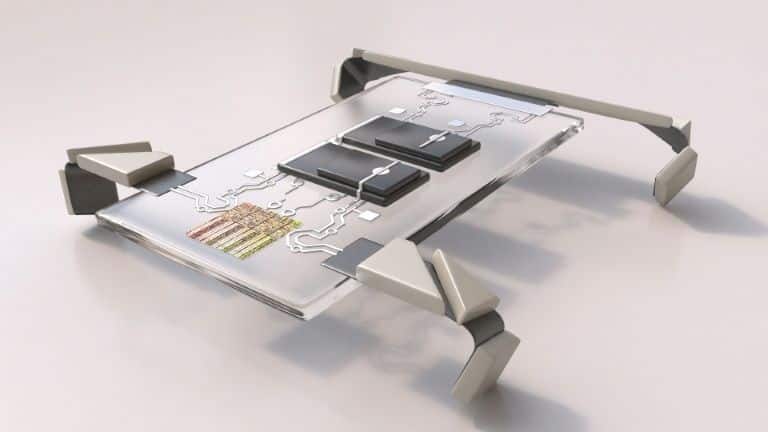Microscopic, Injectable Robots Could Soon Run In Your Veins
 “What should I do, doc? Take two microrobots and call me in the morning.” Transhumanism is the ultimate merging of technology with the human, and the drive to do so is relentless. Their endgame is life-extension and then immortality, with a dose of omniscience along the way. ⁃ Technocracy News and Trends Editor Patrick Wood
“What should I do, doc? Take two microrobots and call me in the morning.” Transhumanism is the ultimate merging of technology with the human, and the drive to do so is relentless. Their endgame is life-extension and then immortality, with a dose of omniscience along the way. ⁃ Technocracy News and Trends Editor Patrick Wood
Scientists have created an army of microscopic four-legged robots too small to see with the naked eye that walk when stimulated by a laser and could be injected into the body through hypodermic needles, a study said Wednesday.
Microscopic robotics are seen as having an array of potential uses, particularly in medicine, and US researchers said the new robots offer “the potential to explore biological environments”.
Widget not in any sidebars
One of the main challenges in the development of these cell-sized robots has been combining control circuitry and moving parts in such a small structure.
The robots described in the journal Nature are less than 0.1 millimetre wide — around the width of a human hair — and have four legs that are powered by on-board solar cells.
By shooting laser light into these solar cells, researchers were able to trigger the legs to move, causing the robot to walk around.
The study’s co-author Marc Miskin, of the University of Pennsylvania, told AFP that a key innovation of the research was that the legs — its actuators — could be controlled using silicon electronics.
“Fifty years of shrinking down electronics has led to some remarkably tiny technologies: you can build sensors, computers, memory, all in very small spaces,” he said. “But, if you want a robot, you need actuators, parts that move.”
Become a Natural Blaze Patron and Support Health Freedom HERE.
The researchers acknowledged that their creations are currently slower than other microbots that “swim”, less easy to control than those guided by magnets, and do not sense their environment.
The robots are prototypes that demonstrate the possibility of integrating electronics with the parts that help the device move around, Miskin said, adding they expect the technology to develop quickly.
“The next step is to build sophisticated circuitry: can we build robots that sense their environment and respond? How about tiny programmable machines? Can we make them able to run without human intervention?”
Miskin said he envisions biomedical uses for the robots, or applications in materials science, such as repairing materials at the microscale.
“But this is a very new idea and we’re still trying to figure out what’s possible,” he added.
Sourced from Technocracy News and Trends
FREE PDF: 10 Best Books To Survive Food Shortages & Famines



